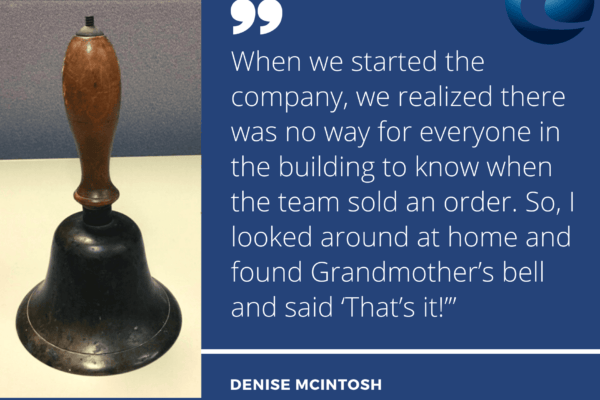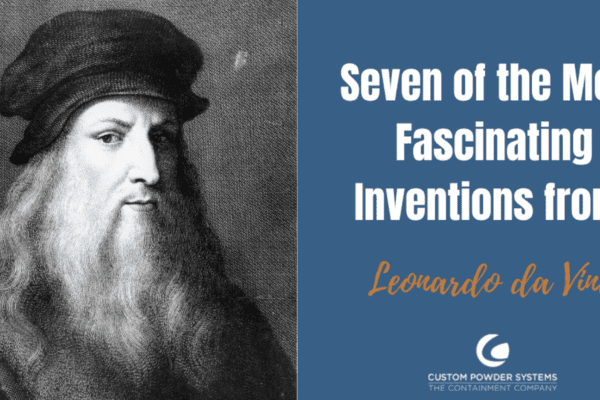A truly life-changing invention, the implantable pacemaker has revolutionized the cardiology field and enhanced countless patients’ lives. Surprisingly, the implantable pacemaker’s origins are rooted in an accidental discovery, a tale that underscores the serendipity often found in scientific breakthroughs.
The implantable pacemaker’s practical uses are both simple and profound. It serves as an internal conductor, delivering precisely timed electrical impulses to regulate the heartbeat. This capability is invaluable for individuals with arrhythmias, where the heart’s natural rhythm is disrupted, potentially leading to life-threatening conditions.
A Rhythmic Electronic Beat
In the late 1950s, engineer Wilson Greatbatch was building an oscillator to record tachycardias (heart sounds) in his laboratory when, during the assembly process, he accidentally inserted the wrong resistor. This simple error led to an unexpected outcome: the oscillator emitted a rhythmic 1.8-millisecond electrical pulse with 1-second intervals in between – akin to the beating of a human heart.
Recognizing the potential significance of his discovery, Greatbatch collaborated with Dr. William Chardack, a renowned surgeon, to explore its medical applications. While cardiac pacemakers did exist at the time, they were large and inconvenient to the patient. Their goal was to create a device that could regulate an irregular heartbeat by delivering electrical impulses directly to the heart muscle inside the body.
In June 1960, the first implantable pacemaker was successfully implanted in a human patient – a 77-year-old man with a complete heart block who lived for another two years. The device, a far cry from today’s sleek and sophisticated pacemakers, was about the size of a hockey puck and required an external power source. However, this breakthrough laid the foundation for future innovations in cardiac care.
Not Skipping a Beat
The development of the implantable pacemaker did not stop with its initial creation. Some of the most prevalent issues in initial designs were the large size of the devices, batteries lasting less than two years, and the potential for asynchronous pacing between the device and the patient’s natural heartbeat. Over the years, advancements in engineering and medical research by physicians and clinical researchers led to smaller, more efficient, and self-contained pacemakers that largely addressed these issues.
Today’s pacemakers are a marvel of engineering, featuring batteries that last approximately 10-15 years and sophisticated sensors that monitor the heart’s activity and adjust the pacing rate accordingly. Some pacemakers even incorporate wireless communication, allowing doctors to remotely monitor and adjust the device’s settings without invasive procedures.
The Beat Goes On
By maintaining a steady and healthy heartbeat, implantable pacemakers have been able to prevent symptoms like chest pain, dizziness, fainting, nausea, and shortness of breath. They have significantly enhanced the quality of life for numerous patients, allowing them to engage in regular activities without worrying about heart irregularities.
Beyond its immediate benefits, the implantable pacemaker has ushered in a new era of medical possibilities. The successful integration of electronics with the human body has paved the way for other innovative technologies, including various devices such as the implantable cardiac defibrillator, which operates similarly to the pacemaker but is also able to emit a shock when a dangerous heart rhythm is detected to restore it to normal.
The implantable pacemaker exemplifies the power of engineering to transform lives. What began as an accidental discovery by Wilson Greatbatch has evolved into a sophisticated, life-saving device that has extended and improved the lives of countless individuals and made a significant impact in modern medicine.
If you enjoyed this invention story, you might also enjoy ones about the X-Ray Machine, Corrective Lenses, and Penicillin.
To hear more about the art of engineering, sign up for our newsletter.







